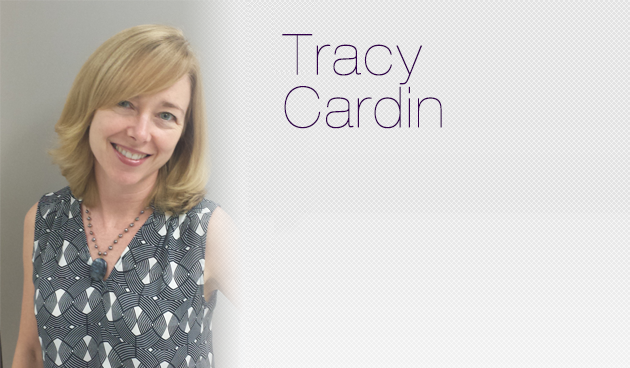Editor’s note: As the topic of violence in healthcare has become a hot topic, The Hospital Leader is offering perspectives from two of our expert bloggers. This piece authored by Tracy Cardin is the first of two. The second from Danielle Scheurer will publish next Thursday, August 31.
In the last three weeks while on clinical service, the police had to be called twice for incidents involving my patients. One involved a patient threatening me and a nurse with physical violence outside of the hospital, and the second included a patient hitting a nurse in the face. She was saved from more serious injury, simply because she fell backwards just as the punch landed. This was just in my panel of patients. Lest you think maybe I need some training on interacting with patients, another patient threw a full cup of coffee, then the cup, at an attending physician. Another patient had a loaded gun, which he thankfully confessed to the PA caring for him.
These incidents are not just specific to the University of Chicago, where I work. The U.S. Bureau of Labor Statistic show that the rate of hospital employees intentionally injured on the job at the hands of another person is significantly higher than the rate across all other industries. And according to a recent article in The Chicago Tribune regarding hospital violence, the Occupational Safety and Health Administration notes that 70-74 percent of workplace assaults between 2011-2013 happened in health care settings.
Many nurses and physicians, as well as NP/PA providers, state they have been victims of verbal and physical abuse for years and simply accepted these events as part of their professional life. But perhaps the focus on the unfortunately all too real risks of “active shooter” scenarios has provided an avenue for discussion about other more mundane but unacceptable risks that many providers and caregivers find themselves exposed to.
The hospital space and the relationship between caregivers, providers and patients used to be a sacred one, with specific, socialized, and often glamorized mores and boundaries for behavior. Those boundaries are changing, and that change may or may not reflect change within our broader society. I fear that this is so.
In the large and increasingly violent urban community where I work, my patients and their families are exposed to daily violence that is hard to comprehend. They may have little social support, health literacy, or treatment for psychiatric illness or substance abuse. Though I know of no specific data linking the opioid epidemic and violence among patients, both incidents that happened on my service involved disgruntlement about narcotic dosages.
When these patients are ill and hospitalized, they may not have the necessary coping skills to process the additional stressor of hospitalization in their already stressful existence. Their behavior may evolve and decay into anger or violence. I feel compassion for them – for an entire world that is grappling with problems that seem so overwhelmingly unsolvable.
But beyond compassion, I also feel strongly that nurses must be safe. Providers must be safe. While I am no expert on this, I would ask that hospitals and hospital systems consider the following ideas:
- Implement a zero-tolerance policy for any verbal or physical abuse from patients. Signs should reflect that behavior deemed too aggressive or inappropriate will get you kicked out of the hospital (at the minimum) and charged with a felony if physical violence occurs. When we accept inappropriate behavior, that behavior is perpetuated.
- Develop policies and procedures to deal with inappropriate aggression. Security officers should be trained, as well as nurses and providers, on how to deal with an escalating and rapidly evolving situation. Healthcare providers and caregivers should also be taught de-escalation. The whole idea is to avoid these potentially damaging situations. This should be mandatory continuing education.
- Encourage reporting and track the amount of violence their staff is experiencing. A rating system could be used to assess the aggression (1 for verbal abuse, 5 for physical contact). This data should be used to adequately address the problem, as well as determine the degree of the issue. Is it all just swearing and yelling? Or are more disturbing events occurring? My guess is that most hospital leadership will be shocked at what the people on the front lines are experiencing.
- Support caregivers who have been exposed to violent or potentially violent incidents, in the form of either employee assistance counseling or support groups. The stress that from these increasingly common incidents contributes to burnout.
We need to take care of these people, our most valuable resource in healthcare. While these ideas may not solve all of our world problems, we can at the very least start in our hospital walls.



Thank you for bringing up such an important topic. Its interesting since my collegue and I recently presented a Grand Rounds presentation talking about diversity in medicine and the discriminating encounters physicians and nurses have on a daily basis that goes unrecognized, especially in “nowadays” open culture following the presidential election…